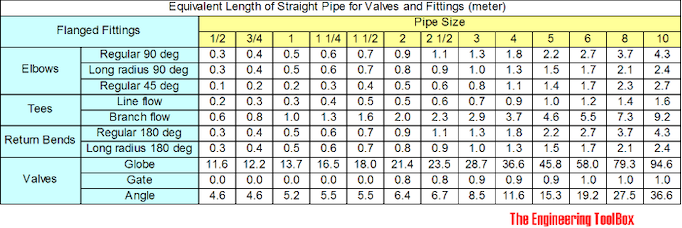Coreman73
New Member
I'm trying to check the current gas system in my home to make sure there's enough capacity available to run a couple more lines to an outdoor kitchen space I'm considering having contracted in the near future.
I've got a typical natural gas system supplied at elevated pressure (2 psi) piped in from meter . It runs up to the attic on a 3/4" CSST line and then goes to a regulator, which then supplies four 1/2" lines in parallel. These lines go to a furnace, water heater, stove top and fireplace.
The line to the fireplace is the closest to where the patio is so I'd consider it being the line that would have a tee installed to branch off to the outdoor kitchen.
The only appliance I'm not able to determine the load demand (btuh rating) for is the fireplace. It's a Temco TFC36-3. How could I determine it's load? How are fireplaces considered when an inspector comes out and calculates the full load demand on a gas system?
I've got a typical natural gas system supplied at elevated pressure (2 psi) piped in from meter . It runs up to the attic on a 3/4" CSST line and then goes to a regulator, which then supplies four 1/2" lines in parallel. These lines go to a furnace, water heater, stove top and fireplace.
The line to the fireplace is the closest to where the patio is so I'd consider it being the line that would have a tee installed to branch off to the outdoor kitchen.
The only appliance I'm not able to determine the load demand (btuh rating) for is the fireplace. It's a Temco TFC36-3. How could I determine it's load? How are fireplaces considered when an inspector comes out and calculates the full load demand on a gas system?



